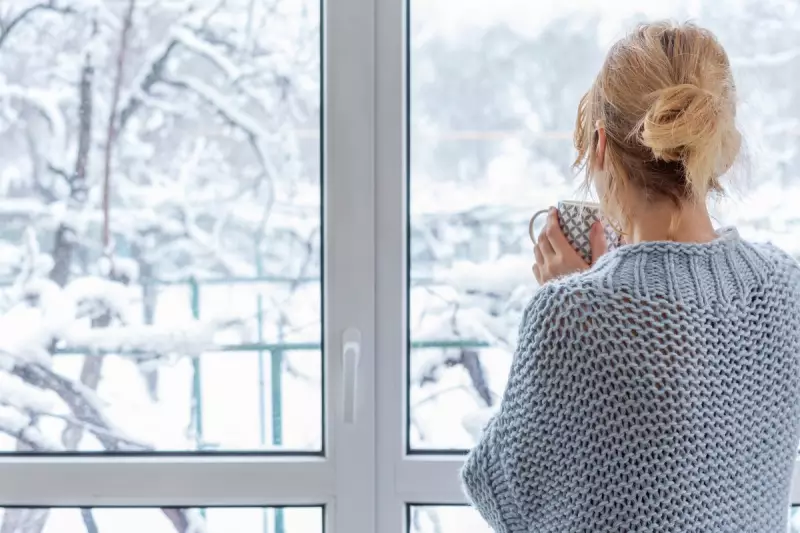
As freezing temperatures grip the UK, homeowners are facing a harsh reality: escalating energy bills and chilly living spaces. The core of the problem often lies not with the heating system itself, but with how quickly warmth escapes through ageing windows.
The Hidden Cost of Inefficient Windows
When a cold snap hits, the rate of heat loss in homes accelerates dramatically. Industry experts, including the Energy Saving Trust, estimate that a staggering 18 to 25 per cent of a typical home's warmth is lost through its windows. This is because glass is a natural poor insulator, and older installations, particularly those fitted before the early 2000s, fall far short of modern efficiency standards.
The key metric is the U-value, which measures how easily heat passes through a material. The lower the number, the better the insulation. For context, single-glazed windows typically have a U-value of 4.5 W/m²K or higher, while modern A-rated double glazing can achieve an impressive 1.2 W/m²K. This means new windows can retain heat two to three times more effectively than the panes in many UK homes.
Why Cold Weather Exposes the Problem
Extreme weather acts as a stress test for your home's efficiency. When outdoor temperatures plummet below zero, the temperature difference between inside and outside becomes extreme. This steep gradient forces heat to transfer through weak points at a much faster rate.
Homeowners should look for these tell-tale signs of inefficient windows during a freeze:
- Persistent condensation on the inside of the glass
- Cold draughts around the frame or sill
- Rooms that remain noticeably colder than others
- Black mould forming around the window reveals
- Rattling panes or visibly failed seals
These issues force your boiler to work harder and cycle more frequently, leading to a direct increase in energy consumption and higher bills.
The Savings and Technology Behind Modern Windows
Upgrading your windows is one of the most effective energy-saving measures you can take. According to the Energy Saving Trust, replacing single-glazed windows with modern double glazing can save between £140 and £235 per year on heating bills for a semi-detached home. Even upgrading from older double glazing to new A-rated units makes a noticeable difference in comfort and running costs.
Modern windows are a feat of engineering, incorporating several advanced features:
- Low-emissivity (low-E) glass: A transparent coating reflects heat back into the room.
- Argon-filled gaps: This inert gas between panes is a better insulator than air.
- Warm-edge spacers: These reduce heat transfer around the glass perimeter.
- Multi-chambered uPVC frames: These provide superior insulation.
If a full replacement isn't currently feasible, temporary measures like applying draught-proofing strips, using thermal curtains, or adding secondary glazing film can offer some relief during the coldest weather.
With UK winters becoming increasingly unpredictable, investing in new windows is a powerful way to combat heat loss, reduce reliance on central heating, and create a warmer, more comfortable home. The difference is something you feel immediately when the temperature drops.





